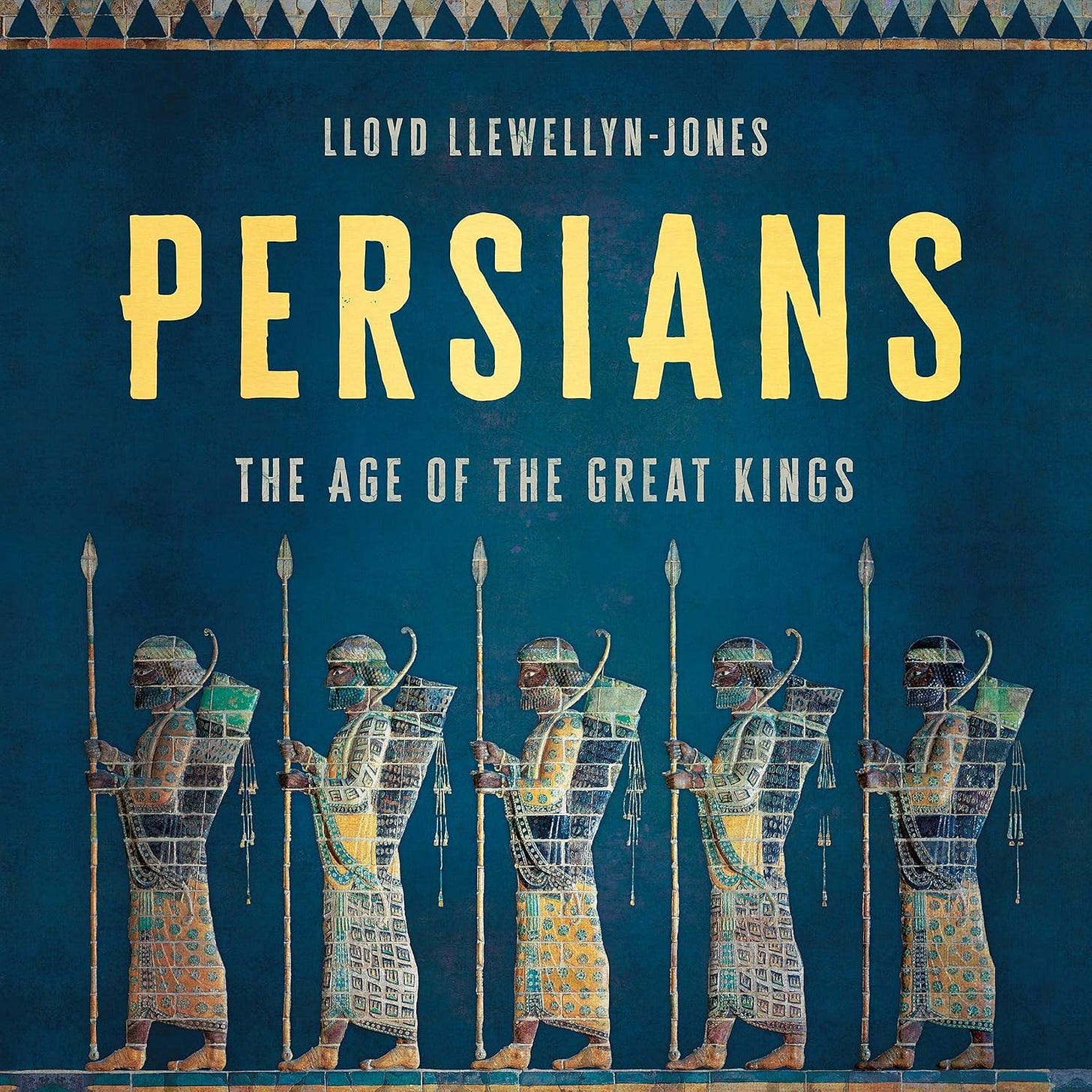Iran - A Civilization Disguised as a Headline
They tried to bury 5,000 years of poetry, empire, and memory beneath sanctions and fear, but Iran’s ruins still conjure what the world chose to forget.
A Civilization Disguised as a Headline
What if I told you there’s a country that has more UNESCO World Heritage Sites than Egypt, stretches across four climate zones, neighbors more countries than any other in the Middle East and yet most headlines about it boil down to nukes and veils?
That country is Iran. And most people have no idea what they’re actually looking at.

Modern Iran is ancient Persia layered with centuries of politics, poetry, and paranoia. Its geography alone explains its tangled history. Surrounded by 15 different countries, including 8 maritime, with borders touching everything from the Caspian Sea to the Persian Gulf, Iran has always been a bridge and a battlefield. A place too strategic to be ignored and too proud to be conquered for long.
But geography is just the beginning. Iran sits atop one of the oldest continuous civilizations on Earth. Long before the United States, long before the Roman Empire, the Persians were building empires that stretched from the Indus to the Aegean. Cyrus the Great pioneered a form of multicultural governance that modern nations still try to emulate.
Persepolis, Pasargadae, and Bisotun aren’t just ruins. They’re the evidence that Iran was once the center of the ancient world.

Persia or Iran
For centuries, the outside world called the country Persia. That name came from “Parsa,” a single province within a much larger empire. But Iranians themselves called it Iran, a word that means “Land of the Aryans.” The name dates back at least 1,700 years to the Sasanian Empire. It survived through literature and memory even after Islamic conquest. Poets like Ferdowsi used Iran to describe a culture, not just a kingdom.
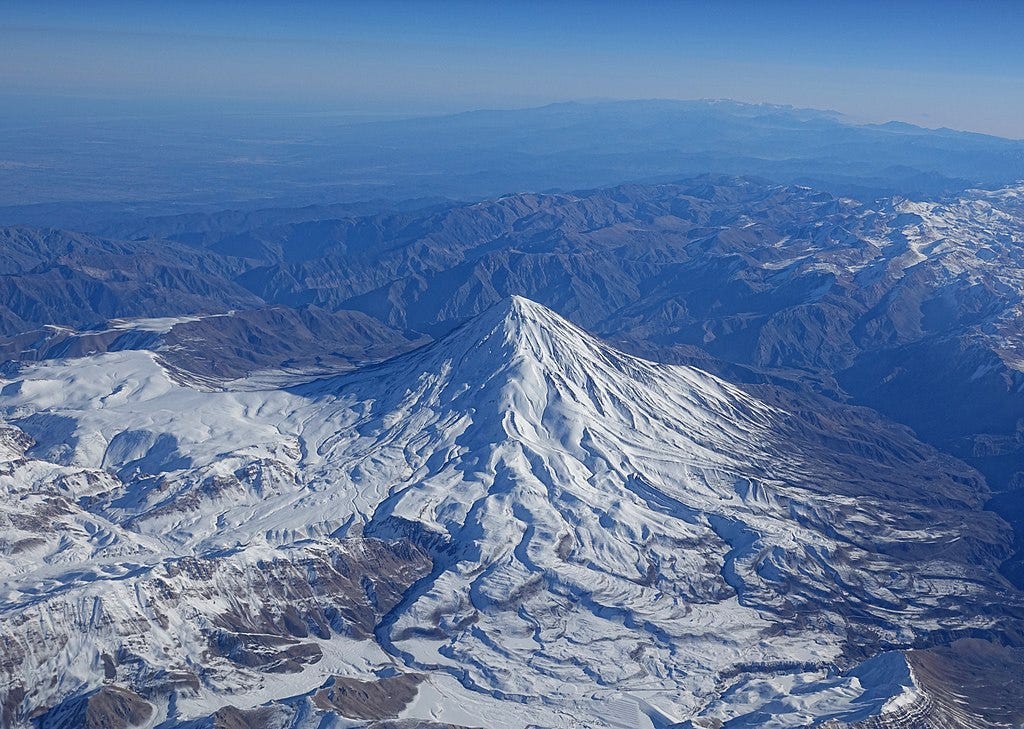
Then in 1935, Reza Shah asked foreign governments to stop calling his country Persia. He wanted them to use Iran; the name Iranians had always used. It was a proud move. But it had unintended effects. “Persia” sounded like poetry and carpets. “Iran” quickly became linked to oil, revolution, and geopolitical tension. The name change didn’t erase history, but it changed how the world imagined it.
This confusion isn’t just about names. It’s about identity. Iran isn’t a monoculture. It never was. Persians, Azeris, Kurds, Arabs, Baluchis, Turkmen—all live within its borders. Their customs, languages, and histories go back centuries. Iran isn’t just a country. It’s a civilization layered with civilizations.
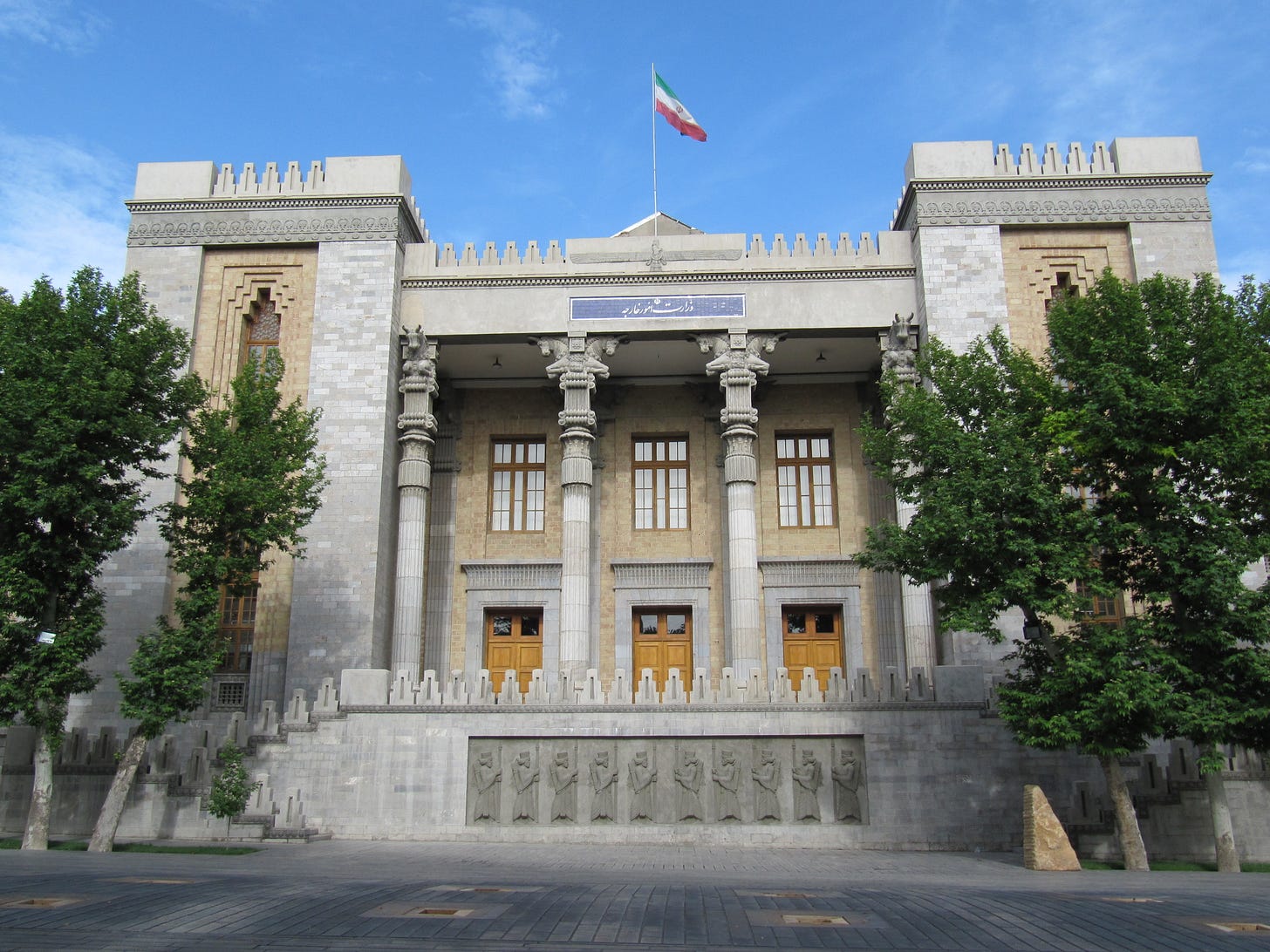
It’s also a spiritual crossroads. Zoroastrian fire temples stood here long before Islam. Sufism spread through Persian poetry and mysticism. Even after the Islamic conquest, Iranian Islam took on a deeply philosophical and poetic form. The revolution in 1979 didn’t erase this, it just changed the script.
The Revolution in 1979
That year, Iran didn’t just overthrow a king. It rejected a Western-facing identity and tried to erase its pre-Islamic past. Revolutionary guards wanted to destroy Persepolis. The tomb of Cyrus the Great was nearly attacked. Ancient monuments were seen as symbols of secular pride.
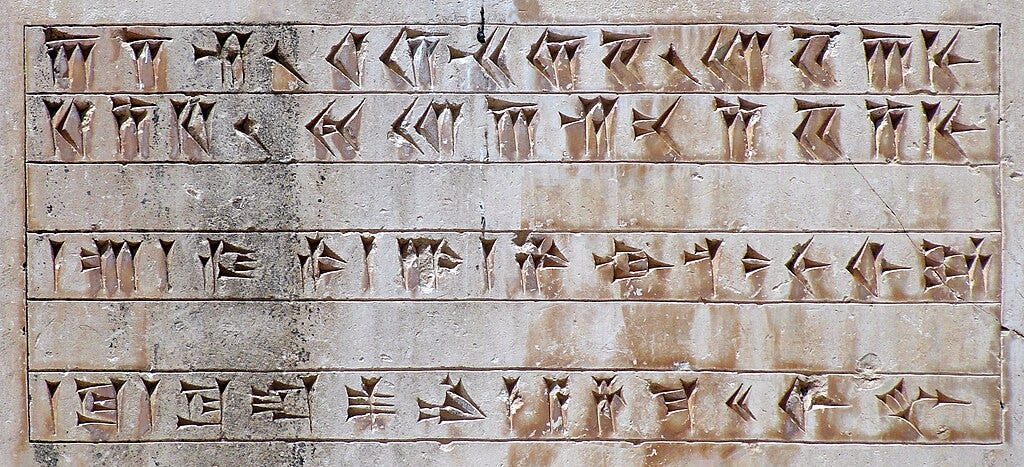
But they failed. Because the ruins never stopped speaking.
Before the revolution, Iran was a major travel destination. Iran Air was the fastest-growing airline in the world. Tehran had Hilton and Hyatt hotels. Even Concordes were ordered. Western tourists flocked to Isfahan, Shiraz, and the Caspian coast.
After 1979, tourism collapsed. Hilton became “Esteghlal.” Hyatt became “Azadi.” And Iran faded from travel brochures. It became a political flashpoint instead of a cultural magnet.
A Cultural Tragedy
In the 1990s, Iran tried to rebrand. President Khatami launched the “Dialogue of Civilizations.” A Scottish university even helped train hospitality students in Tehran. Iran tried to invite the world back in. But tension flared again. And the window closed.
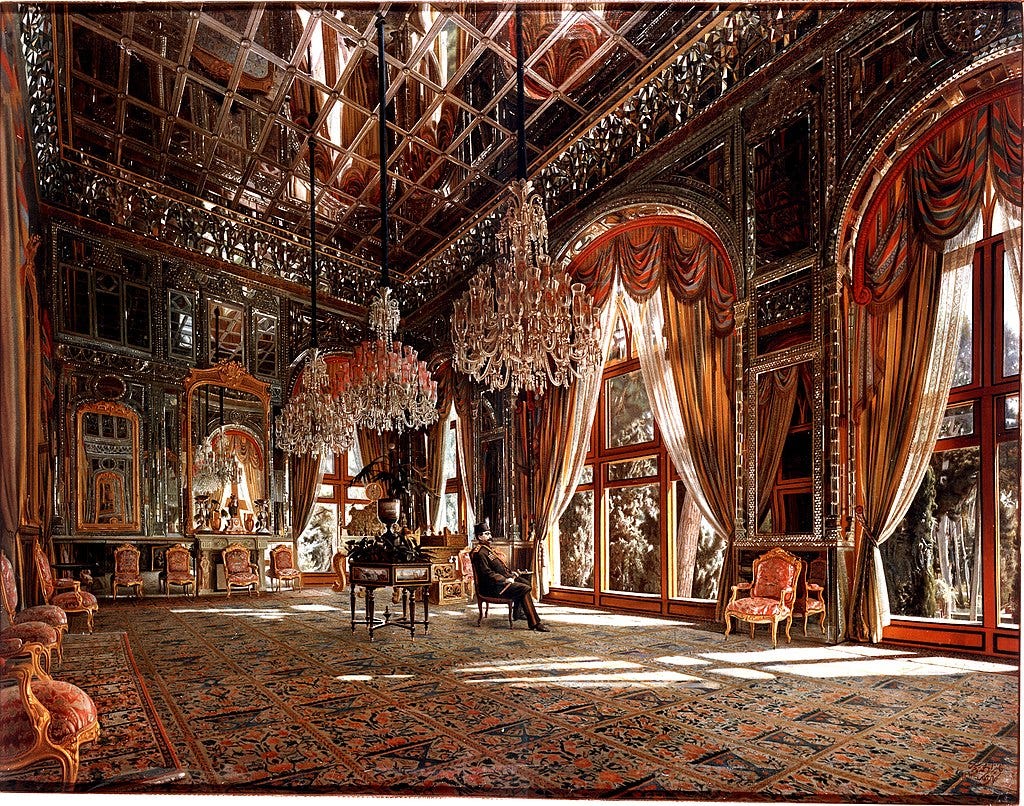
That’s the tragedy. Iran has everything it needs to be one of the world’s top cultural destinations. Ancient cities. Mountain villages. Palaces. Poetry. Calligraphy. Cuisine. But politics keeps pushing it back into the shadows.
Iran’s story is one of contrasts. It’s cradle and crossroads. Ruin and revival. Empire and pariah. It resists simplification because it never fit inside a single story. And that’s exactly why it matters.
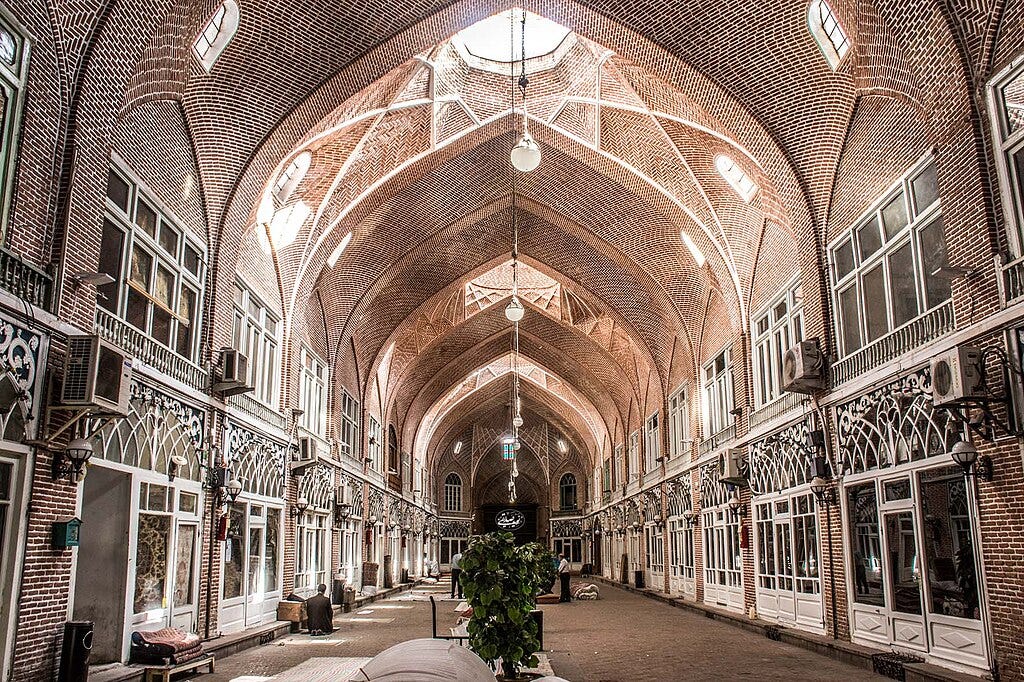
Iran isn’t just surviving. It’s remembering. Every time someone visits Persepolis, reads Hafez, or walks the bazaars of Tabriz, that memory grows stronger. Afterall, Iran is a civilization disguised as a headline.
So, Persian or Iranian?
The difference is more than a matter of words, it touches on identity, history, and how a civilization sees itself.
The word “Iranian” is far older than many assume. It comes from Ērān, which itself is rooted in Aryānām, meaning the “Land of the Aryans.” This wasn’t invented in the 20th century. It appears in Sassanian inscriptions from as early as the 3rd century CE, used to describe both the people and the empire. Even the name Iran was common in local use long before it became the country’s official name in international settings in 1935. In that sense, “Iranian” predates “Persian” as a self-chosen identity.
“Persian,” on the other hand, had a more specific scope. It referred to the people of Parsa, what is now Fars province, and later came to describe the Persian language (Farsi) and the cultural world that stretched from Samarkand to Delhi. Persian became the language of courts, poetry, and diplomacy across empires, but it didn’t necessarily include every ethnic or tribal identity under Iranian rule.
“Iranian,” by contrast, has always had a broader reach. It pointed to a collective identity that included different peoples and traditions under one civilizational umbrella. You find it in Zoroastrian religious texts, in Middle Persian political thought, and in imperial ideology from before Islam arrived. It wasn’t just about language or culture; it was about belonging to a shared historical and spiritual lineage.
So when we say “Iranian,” we’re not using a modern political label. We’re invoking something older, deeper, and more inclusive, an identity that has endured through conquest, conversion, and upheaval. Persian may be the language of its poets. But Iranian is the name they knew themselves by.
Book Corner
Saadi, Rumi, and Hafez: The Men Who Preserved Iran’s Soul in Verse
They didn’t rule. They didn’t command armies. But Saadi, Rumi, and Hafez shaped Persian civilization more deeply than any king. Their poetry became the conscience of a nation.
Keep reading with a 7-day free trial
Subscribe to The Culture Explorer to keep reading this post and get 7 days of free access to the full post archives.



